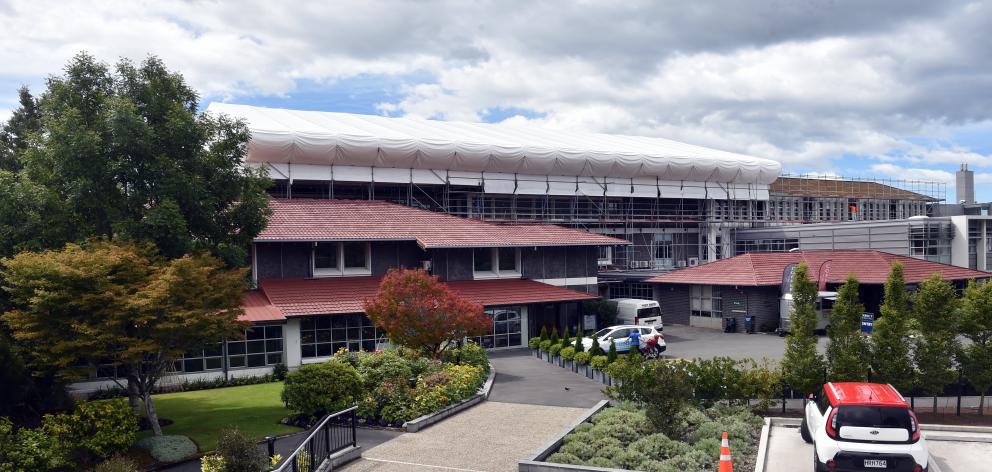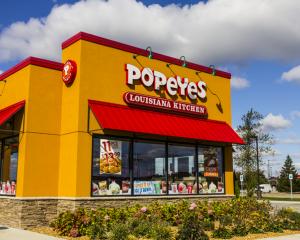
High-tech covers and more standard shrink-wraps are becoming more prevalent in the city.
They blanket several demolition and building sites in Dunedin.
Commercial construction company Naylor Love is using covers for projects at the Dunedin Railway Station, Mercy Hospital and the auditorium at the University of Otago College of Education in Union St.
The company would soon use shrink-wrapping on the Civic Centre and the Salvation Army building, he said.

Among other sites under covers in the city are the St Paul’s Cathedral roof and the university’s music building.
Naylor Love Dunedin director Jason Tutty said shrink-wrapping had become more cost-effective and readily used in the past two or three years.
The benefits included weather protection and containment of asbestos during its removal.
Naylor Love used multiple scaffolding companies who had such capability, he said.
"It speeds up the construction process," Mr Tutty said.

"The ability to work at any time is really beneficial to the project."
The covers allowed for buildings to be painted in all weather and provided a safety net, protecting objects from falling in high winds.
It was an expensive process but provided security for project timeframes.
The financial benefits were difficult to outline because each project was different, he said.
Brazier Scaffolding group chief executive officer Glen Brazier agreed temporary roof systems had become more prevalent because projects could not afford weather delays.
"The main driver is being able to meet their timeframe, which saves time and money.
"Before they would maybe take a gamble with the weather."
Brazier Scaffolding had encapsulated the railway station renovation using two systems.

On top it used a temporary PVC roof system.
The scaffold sides were then shrink-wrapped.
Describing the shrink-wrap process, large rolls of plastic were laid out around the building and the joins were welded together with heat.
"Once attached [to the outside of the scaffolding], the shrink-wrap can be heated up and becomes tight like a drumskin."
The process was done using a hand-held heat torch.
"There’s a knack to get it right without burning a hole in it."

Each temporary roofing project needed to be structurally engineered, he said.
Wind and snow could put enormous loads on them.
If not design correctly, they were susceptible to being blown away.
The scaffolding company produced drawings and designs for each project, which were peer-reviewed and approved by an independent chartered engineer.
Depending on size, they could take anything from a week to a month to erect.













